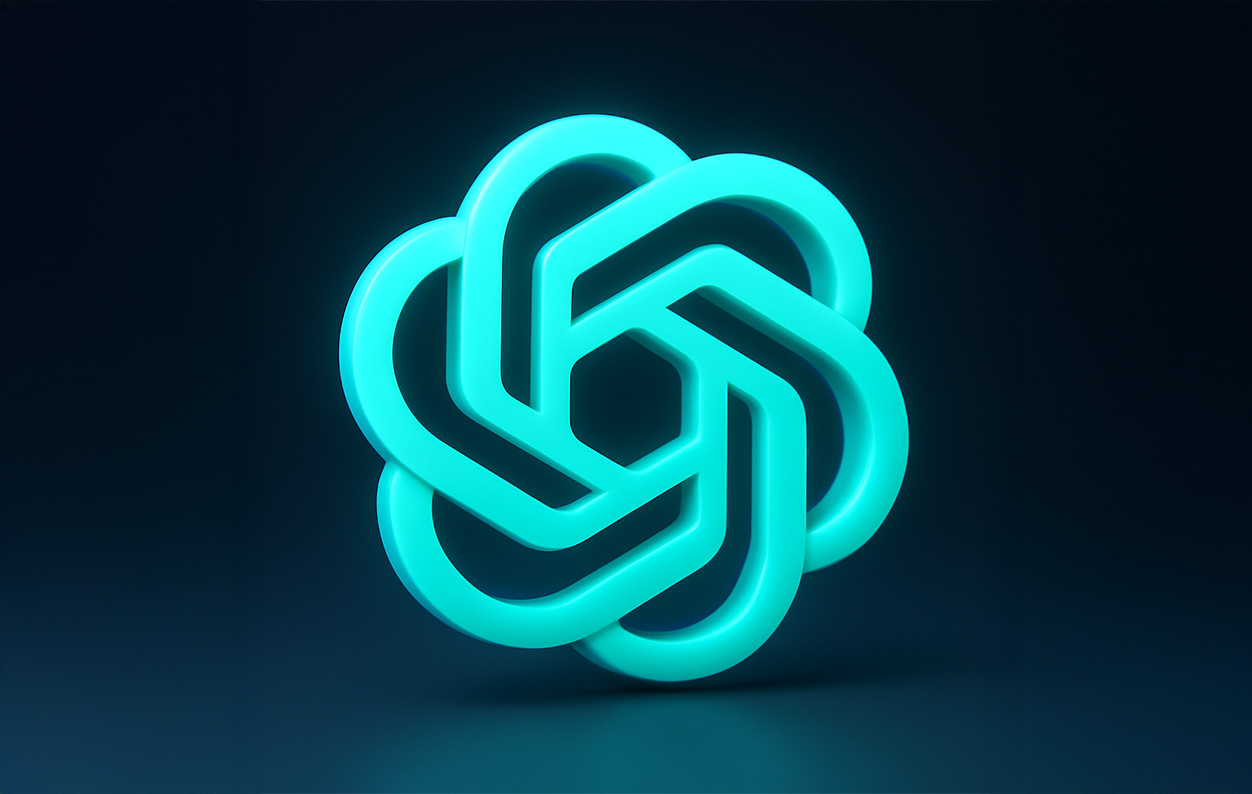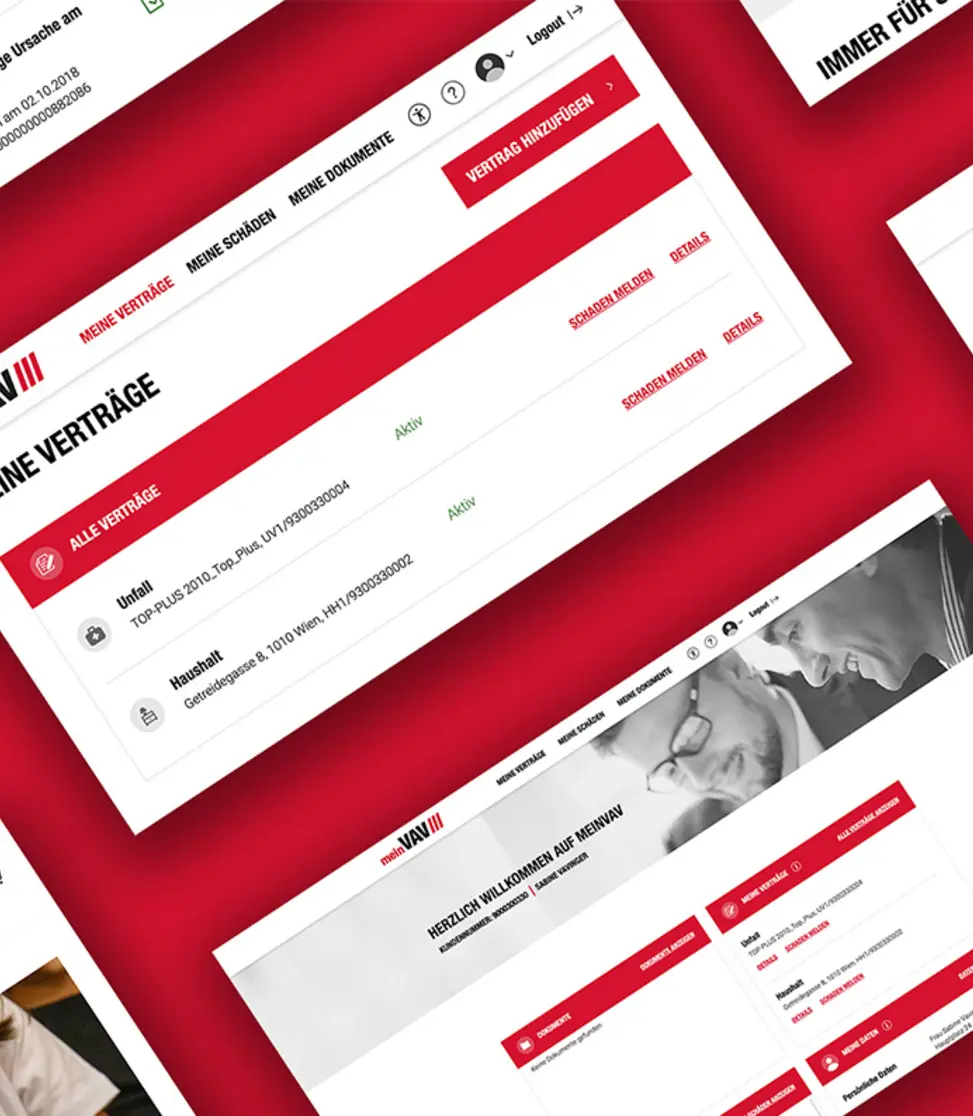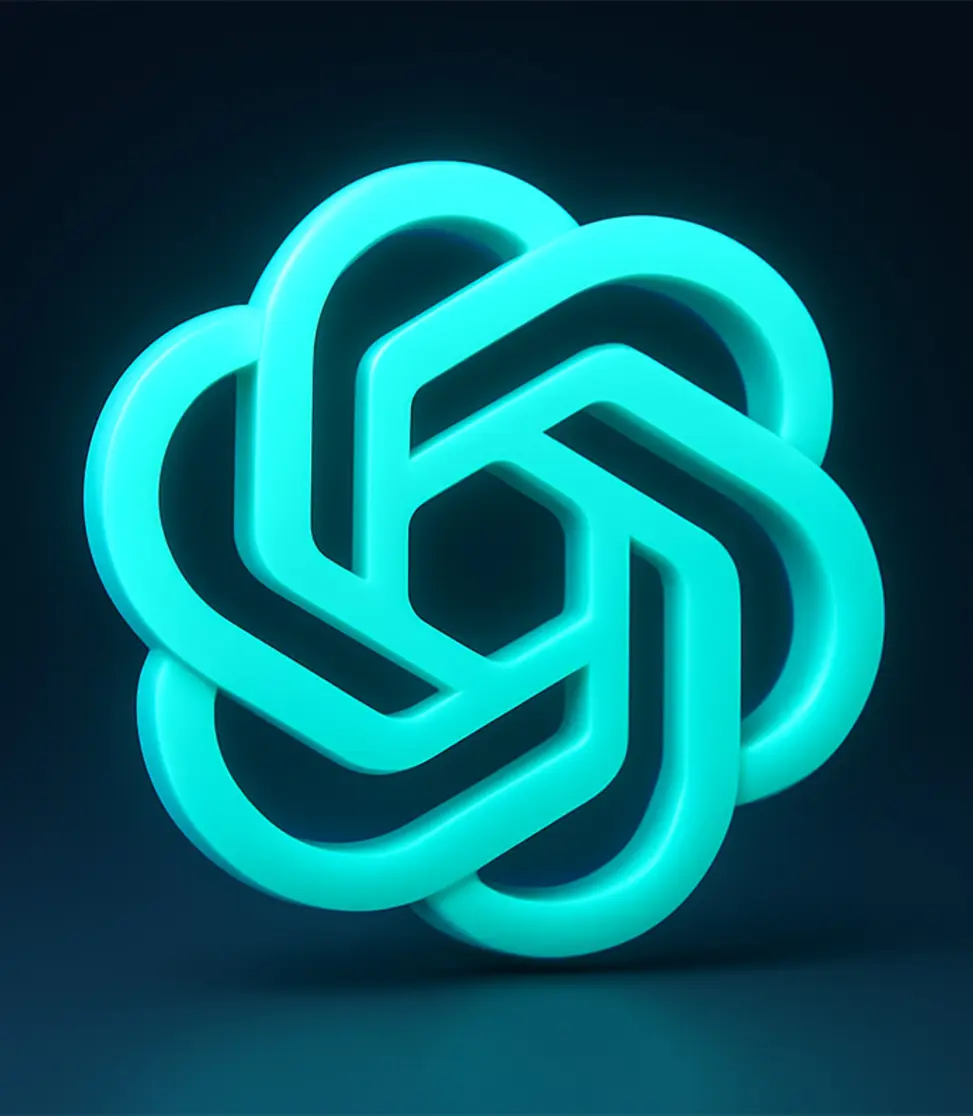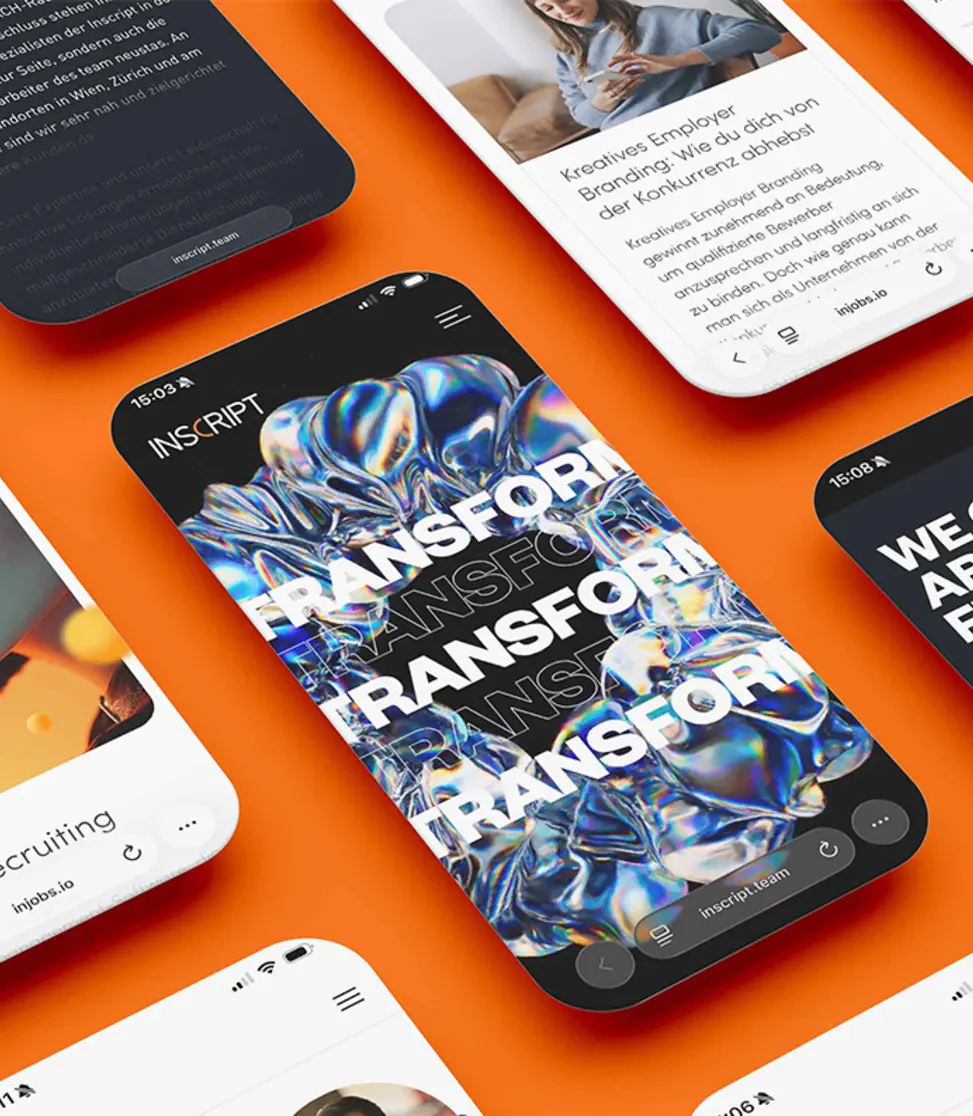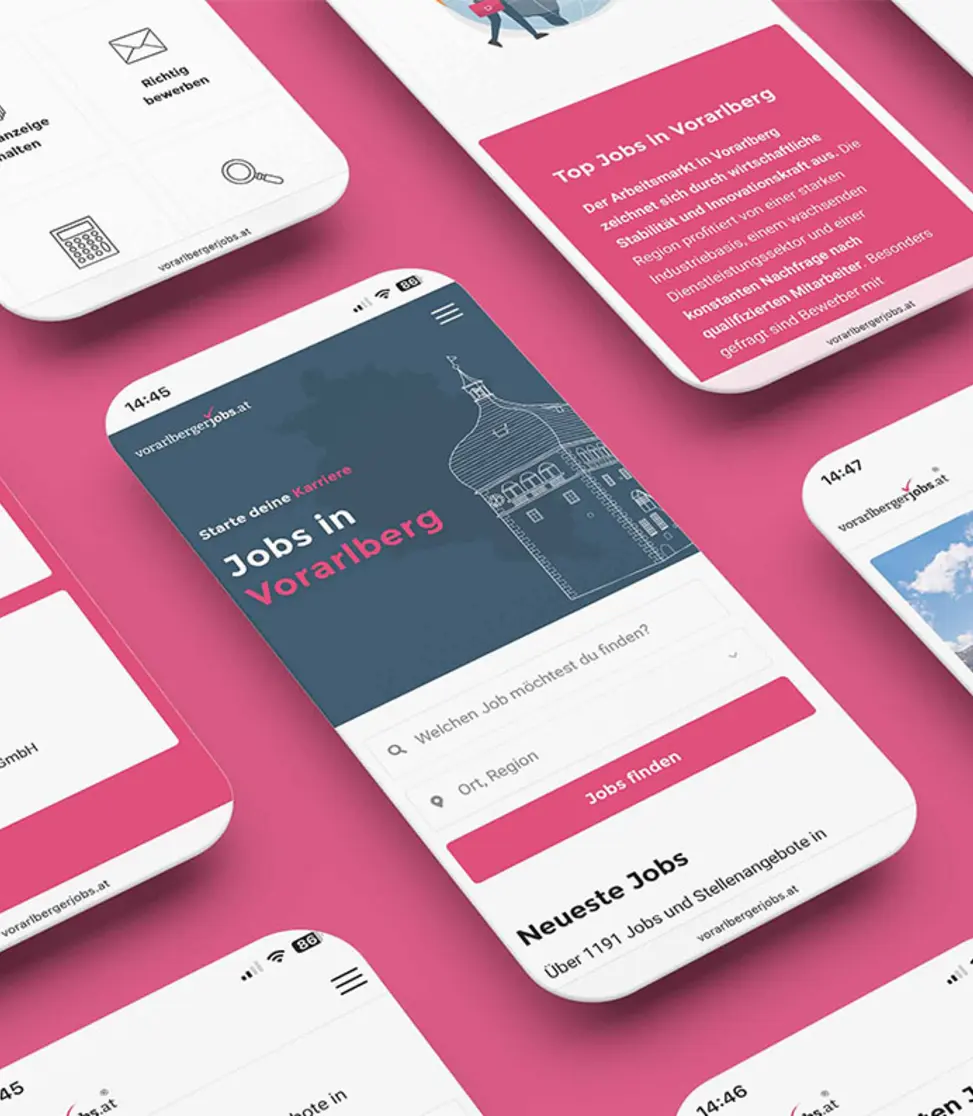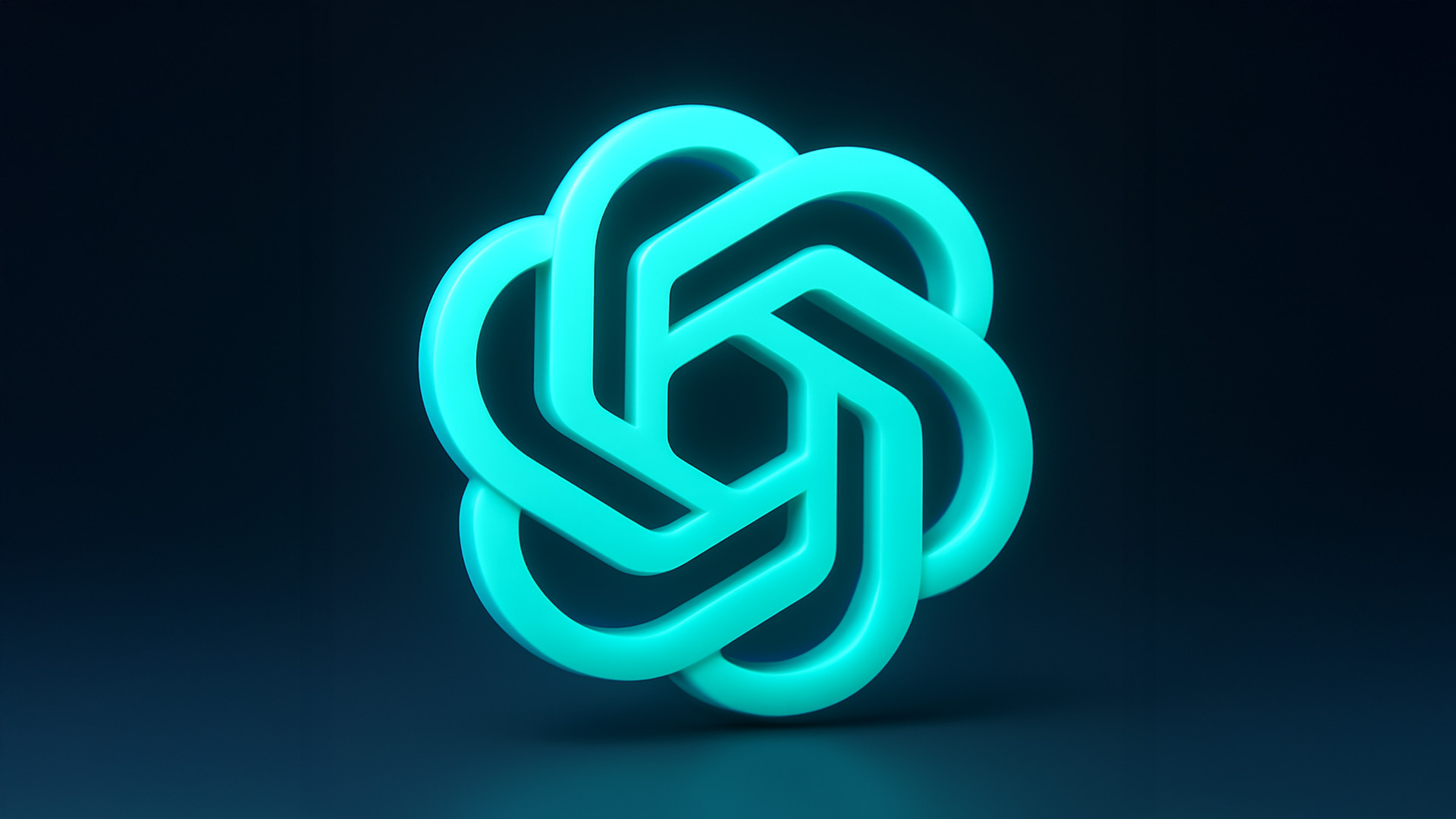
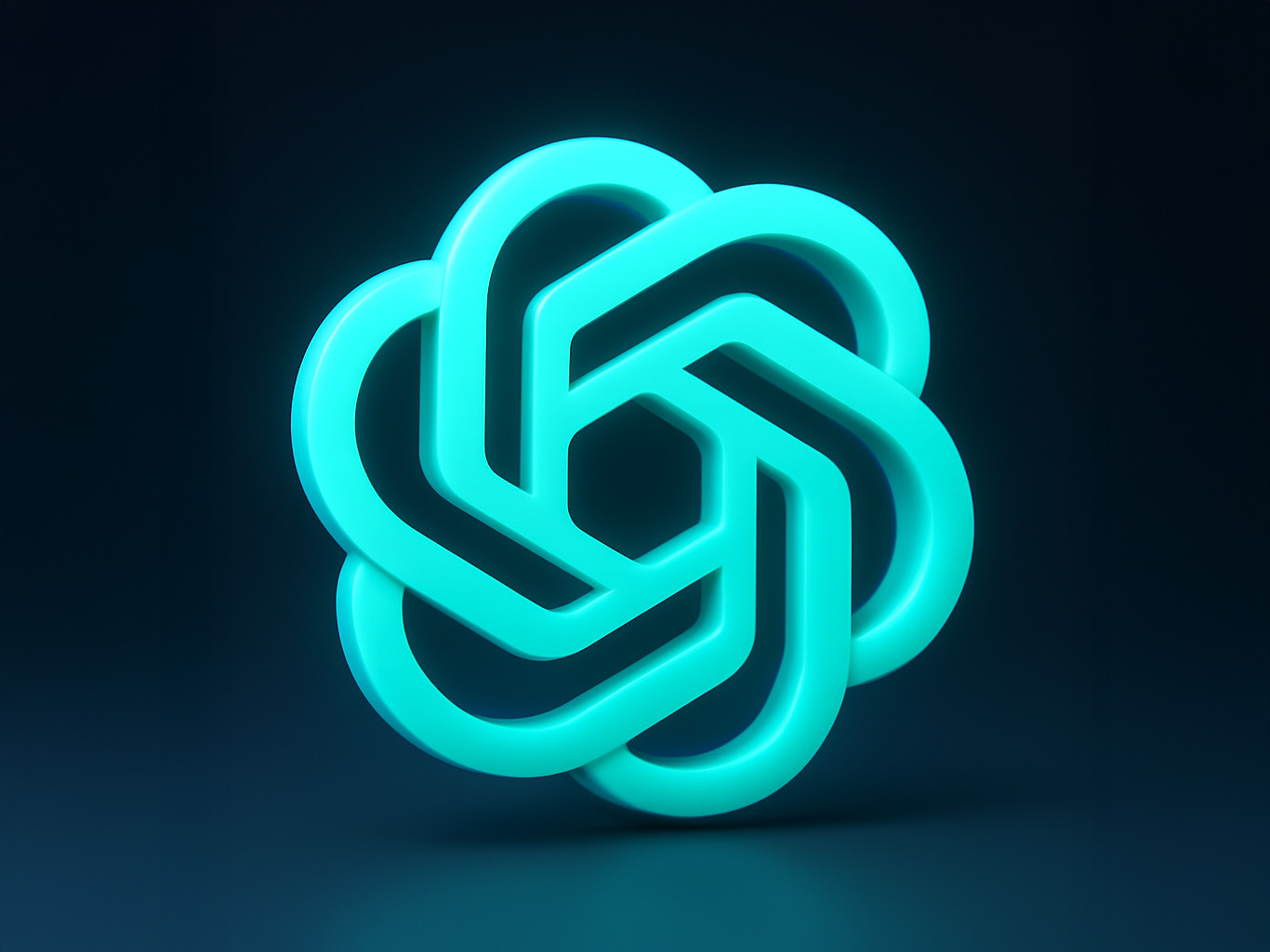
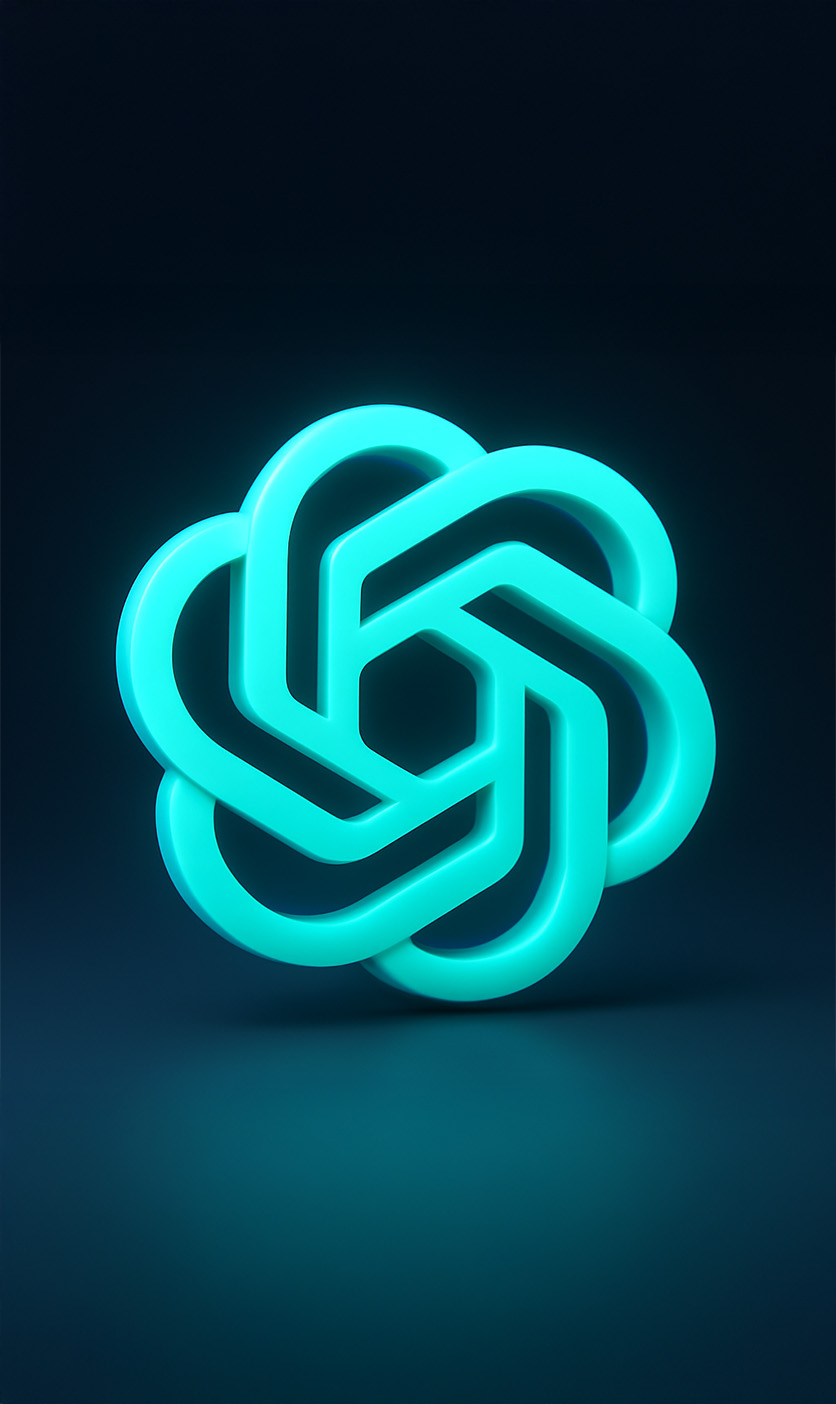
Understanding ChatGPT
Hardly any other AI tool has caused as much of a stir in recent months as ChatGPT. Whether in customer service, content creation, translations or idea generation - the application opens up completely new ways in which humans and machines can interact with each other. Based on simple text input, ChatGPT delivers creative suggestions, well thought-out analyses or even entire articles. The continuous development of the models not only makes the AI more versatile, but also more reliable and more powerful - and at an impressive pace.
Opportunities and limits
ChatGPT offers a wide range of possibilities: from automated emails and smart chatbots to creative text ideas and data-driven analyses. But despite all its strengths, AI is no substitute for human expertise. It is a tool that supplements knowledge, accelerates processes and provides inspiration - but needs to be scrutinised critically. Those who utilise its strengths in a targeted manner and at the same time question them critically can create a real competitive advantage with ChatGPT.
Frequently Asked Questions
FAQ
ChatGPT is an AI-supported language model that reacts to text input and generates responses in natural language. It can answer questions, write texts, develop ideas or even explain complex topics.
Example: You type in "Write me an introduction for a business plan in the field of e-commerce" - and immediately receive a suggestion that you can customise further.
There are different variants:
- GPT-3.5: Fast, inexpensive, good for simple tasks.
- GPT-4: More precise and creative, ideal for complex texts or strategies.
- GPT-4 Turbo: Same quality as GPT-4, but more efficient, with greater context.
- ChatGPT Enterprise: Specially designed for companies with advanced data protection and administration tools.
Example: A student uses GPT-3.5 for summaries, while a marketing agency uses GPT-4 Turbo for detailed campaign ideas.
ChatGPT is suitable for many tasks:
- Customer service (FAQ answers or chatbots)
- Content creation (texts, blog articles, social media posts)
- Translations or text optimisation
- Data analysis or idea collection
Example: An HR team uses ChatGPT to suggest questions for job interviews. An editorial team uses it to develop article ideas more quickly.
Yes, ChatGPT can make mistakes ("hallucinations"), display outdated information or create content that needs to be critically reviewed. Furthermore, it does not replace human expertise, but supports it.
Example: If ChatGPT answers a medical question, the answer should always be validated by a medical specialist.
- Ask specific questions: The more precise the instruction, the better the result.
- Work iteratively: Check the first answer, readjust, ask further questions.
- Provide context: Specify prior knowledge or desired style.
Example: Instead of just "Write a text about sustainability", it is better to say "Write a LinkedIn post about sustainability in companies, factually and with 3 tips".

